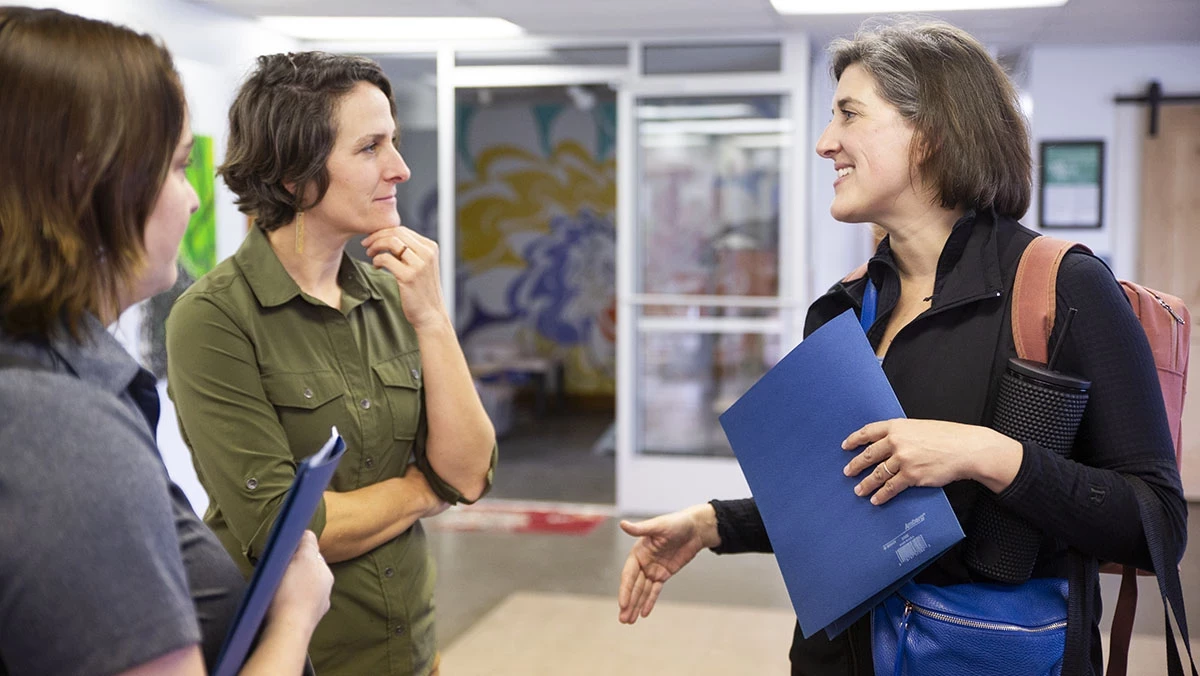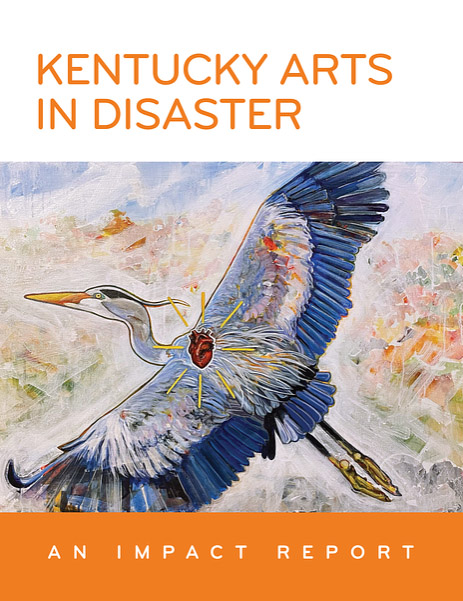
Arts Emergency Management is designed to equip students with the knowledge, skills, and strategies necessary to effectively manage a range of crises within the context of the arts and cultural sectors. This interdisciplinary program combines principles in emergency management, arts administration, risk assessment, and crisis communication to prepare students for leadership roles in ensuring the safety, preservation, and continuity of artistic and cultural operations during times of emergencies or disasters.
The certificate provides a human-centered, all-hazards approach through all stages of the emergency management cycle—mitigation, preparedness, response, and recovery. Interwoven through this approach is a focus on social and environmental justice, which are considered key components in building resilient arts and culture organizations.
- AEM 585: Arts Emergency Management: Creating a Resilient Organization (3 credit hours)
The frequency of natural disasters, terrorist attacks, and data breaches across the globe and the dramatic retelling of them on various media outlets has created an expectation that emergency plans be developed and routinely updated for areas of public assembly, including arts and culture venues. This course provides a sociological overview of community actions and reactions to disasters as well as a customized planning approach for arts managers and artists in preparing for emergencies.
- AEM 588: Event Safety and Security (3 credit hours)
This course provides students with a comprehensive understanding of event safety and security in the context of mass-gathering events. Students will explore areas of safety, sustainability, accessibility, and community engagement to learn how to create secure and optimized environments for event attendees. The course considers how arts & cultural professionals can serve in a multiplicity of unpredictable situations by honing their craft in creating gatherings more prepared for climate and socio-economic emergencies. Through engaging activities, students will develop the skills necessary to address the unique challenges of event safety and security in today's dynamic event landscape.
- AEM 590: Crisis Communication Planning and Management (3 credit hours)
Crisis communications is a crucial aspect of managing arts organizations in order to maintain trust, manage reputation, and mitigate damage in an emergency or disaster event. Students will learn about the work of national relief and response agencies to broaden arts organizational communication networks and survey various communication tools available for sharing information in an inclusive and accessible manner. Building on the skills and knowledge gained from AAD 585 Arts Emergency Management, students will assess and identify internal and external potential risks to arts organizations and develop a robust crisis communications plan to help mitigate those risks and minimize damage. Students will leave the course with a crisis communications portfolio and experience handling crises via mock scenarios.
- AAD 510: Advanced Emotional Intelligence & Professional Communications (3 credit hours)
Emotional intelligence (EI) is arguably the most important key to success in one's career and personal life. In AAD 510, Advanced Emotional Intelligence and Professional Communications, students will apply actionable strategies for deepening one’s own emotional intelligence, improving personal and professional relationships, and employing sound decision-making strategies in the field of arts administration. Students will assess their own awareness and management of emotional responses; practice authentic and active empathy; collaborate in teams; and explore the practice of making (and taking accountability for) impactful decisions.
Applications for Fall 2024 Admissions will open on July 1.
Please consult with your advisor about adding the certificate, or register on myUK.
Please apply to the University of Kentucky using the undergraduate application. Standard undergraduate admission requirements apply.
Leah Hamilton

 This report is a collection of stories and data from Kentucky artists, craftspeople, artisans, arts managers, teaching artists, arts community leaders, arts board volunteers, arts funders, and governmental agency representatives—all affected by the compounding events of natural disasters in Kentucky in 2021 and 2022. Their experiences were collected between January 2023 through January 2024 and resulted in the findings and recommendations in this report.
This report is a collection of stories and data from Kentucky artists, craftspeople, artisans, arts managers, teaching artists, arts community leaders, arts board volunteers, arts funders, and governmental agency representatives—all affected by the compounding events of natural disasters in Kentucky in 2021 and 2022. Their experiences were collected between January 2023 through January 2024 and resulted in the findings and recommendations in this report.
The arts can be a transformative force, providing safe spaces for reflection, growth, and comfort. This is especially true in times of disaster; murals, artworks, books, poetry, and music can provide an outlet for those who have been affected to share their stories. Artists and arts organizations, through their creative work, can sooth distressed souls and offer important respite from the worries of the mind. Yet during disasters, arts communities are often called to go even further, tasked with providing more tangible sources of comfort for a community in distress. Food. Water. Shelter.
In a disaster, the arts become part of a community’s network for response. But who, or what, heals the artist? What funds support the arts center that has transformed its operations to provide basic necessities for survival? What aids arts managers in making difficult decisions about event cancellations or how to provide support services for their grieving staff and volunteers? What policies help musicians replace lost instruments or repair damaged ones? What replaces income lost when the gig economy suffers a disaster-induced recession?
These questions are essential in understanding the journey of the Kentucky artist and arts organization in the aftermath of recent disaster events.
The answers are essential for aiding arts councils, governmental agencies, and funders in formulating policies and support systems designed to assist arts communities before, during, and after disasters.
